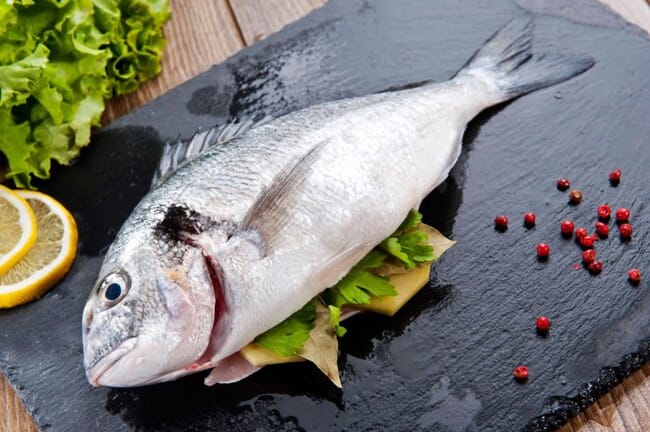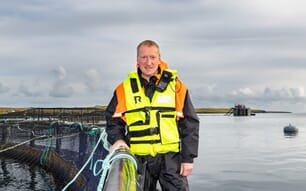The Eurobarometer special survey 475: EU consumer habits regarding fishery and aquaculture products, shows that while more than a third of European fish consumers prefer wild products (35 per cent), nearly one-third (32 per cent) makes no distinction and only 9 per cent indicate a strong preference for aquaculture products.

Reacting to the study, the European Commissioner for the Environment, Maritime Affairs and Fisheries, Karmenu Vella, said: “European consumers tell us they want to have fish on their menu. It is our responsibility, as policy makers, to secure that our citizens can enjoy these tasty products in the long term. This means ensuring the sustainability of our fisheries, and we have progressed a lot on that over the last years. But also aquaculture plays an important role: farmed fish from the EU is a sustainable source of protein and other nutrients. In a low-carbon society, its role will only increase.”
On the positive side, the survey shows that more than four out of ten Europeans eat seafood at least once a week at home. The EU is the world’s largest market for fishery and aquaculture products, with its members spending roughly twice the amount of money on fish per capita as US consumers. The survey reveals that 74 per cent do so because they think it is healthy and 59 percent because of the taste. The supermarket or grocery story is where most Europeans source their seafood, although 40 per cent prefer the local fishmonger. While nearly 60 per cent shoppers avoid breaded fish products or ready meals only 27 per cent are brave enough to buy the whole fish, not cleaned or fileted.
Everywhere in the EU, consumers show a strong preference for regional, national or EU products. Preference for products from the EU increased in almost every country compared to the previous study (2016), with the highest increases in Hungary (+7 per cent) and Slovakia (+8 per cent), suggesting a gap for the aquaculture sector to fill.
Most consumers (61%) like to try new products and species. However, the limited range (53%) and, especially, too high prices (70%) remain a barrier for consumers who would like to eat more seafood. This shows the importance of helping consumers discover lesser-known species, which can be much cheaper than the most common ones. This in turn can help to reduce pressure on the most exploited stocks, as it creates an outlet for less traditional fish brought ashore because of the landing obligation.
The study confirms the high level of trust (83%) that consumers have in the information they receive as result of EU regulations. No less than 75% of consumers find the product information clear and easy to understand.

